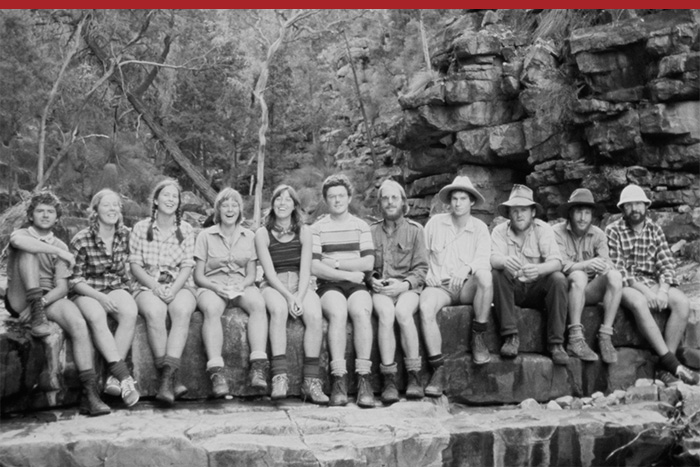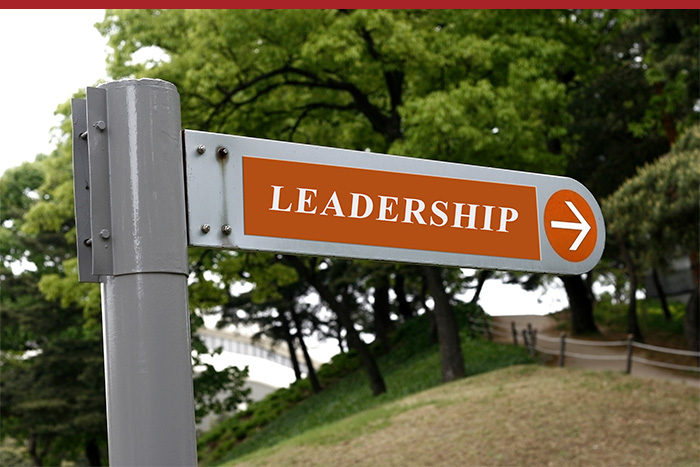Recently at a reunion of university friends I talked with someone I hadn’t seen in 25 years.
He has recently retired from a long career in large organizations.
Whilst joking about the ‘closeness to the bone’ of the recent series of Utopia on ABC, he went on to bemoan the mostly useless series of management and leadership development programs he had been subject to in his career.
He is a talented person of a scientific / technical and creative bent, and interested in people, and always had an acute sense of when someone was talking nonsense. In fact he was renowned for the invention of a (virtual) “bullsh** filter”, very necessary in those heady days of robust debate and intellectual one-up-manship that characterized those fondly remembered undergraduate times.
He did say however, that there was one book that had made much sense to him, and had passed the bullsh** filter test, – Leading for the Disillusioned: Moving beyond myths and heroes to leading that liberates (2007). I was curious to see what would make sense to my friend, a person so skeptical of ‘management and leadership theory.
So for those of you who also may be curious or indeed skeptical I provide a review of what I agree is a very worthwhile read.
The author, Amanda Sinclair, Professor of Diversity and Change at Melbourne University Business School, tackles what she describes as myths about leadership.
She challenges many assumptions about leadership and in so doing aims to free both people and those around them from rather narrow expectations of what it means to lead, and she does it well.
The book covers current practice, theory and new ideas for leadership and the teaching of leadership. A combination of psychological and behavioral frames underpins her thinking. In the first Part she argues that leadership has become a panacea for all things and that we have become seduced by myths and heroic interpretations of leadership. It is challenging the unquestioning conformity to these models of leadership that permeates the book. She argues that this conformity ‘imprisons’ people – leaders, aspiring leaders and followers. Sinclair challenges the reader with questions such as “What shapes models of leadership”? and “Whose interests are they serving?”
Her definition of leadership is that it is,
“a relationship, in which leaders inspire or mobilize others to extend their capacity to imagine, think and act in positive new ways”
Sinclair offers no comprehensive models or checklists for leadership, but advocates that
“leadership is a process of critical and compassionate engagement with the world, … a commitment to challenging accepted wisdom, to reflecting deeply on our motives…to be mindful of relations between our bodies and psyches, so being in the moment, and to lead with the intent of freeing both the self and others”
In Parts II and III, she explores how to achieve this style and approach to leadership. She speaks to both leaders and to teachers of leadership, because she is strongly driven to model this style of leadership in her own teaching practice at university and in business schools.
She outlines the practice of liberating leadership built on the integration of four key strands; two of which reflect, in my words, a psychological approach and two a behavioral (or experiential) approach.
[ultimatetables 1 /]
One of the areas of the book of most interest to me as a practitioner in the field of leadership development, and I dare say of interest to those who are responsible for the initiation or purchase of leadership development programs/ services. Sinclair tackles the leadership development industry.
She outlines the way organizations become dependent on tools, tests, and appraisal products that characterize some of the industry and that leaders and aspiring leaders become compliant with ‘the system’. Her theory of practice is summarized by the famous lines of WB Yeats,
“Education is not filling of a pail but the lighting of a fire”.
The three values that drive Sinclair’s approach to the development of leaders is being reflective, working experientially and thinking critically. She draws on the work of Donald Shon (The Reflective Practitioner and Educating the Reflective Practitioner), the work of Tavistock Institute in London and the Australian Institute of Socio Analysis plus Ron Heifetz’s experiential methods , and on Critical Management Studies, not to mention the work of Foucault and Pierre Bourdieu.
She urges that leadership development
- Build student’s capacities for learning, not convey knowledge about the objective world
- Support people’s efforts to understand and act in their world differently (act like midwives not bankers)
- Draw out ideas and capacities that are already within the student but not yet converted to learning or available for reflection and application, and
- Create space for leaders (students) to act and speak on their own behalf rather than positioning teachers as masters of truth and justice with respect to leadership
I have only just touched on a few elements of this excellent book that had meaning for me, and I am sure I will come back to it as a stimulus for reflection and challenge to me in the future and would highly recommend this as a thought provoking read and guide.
Jill Tideman







